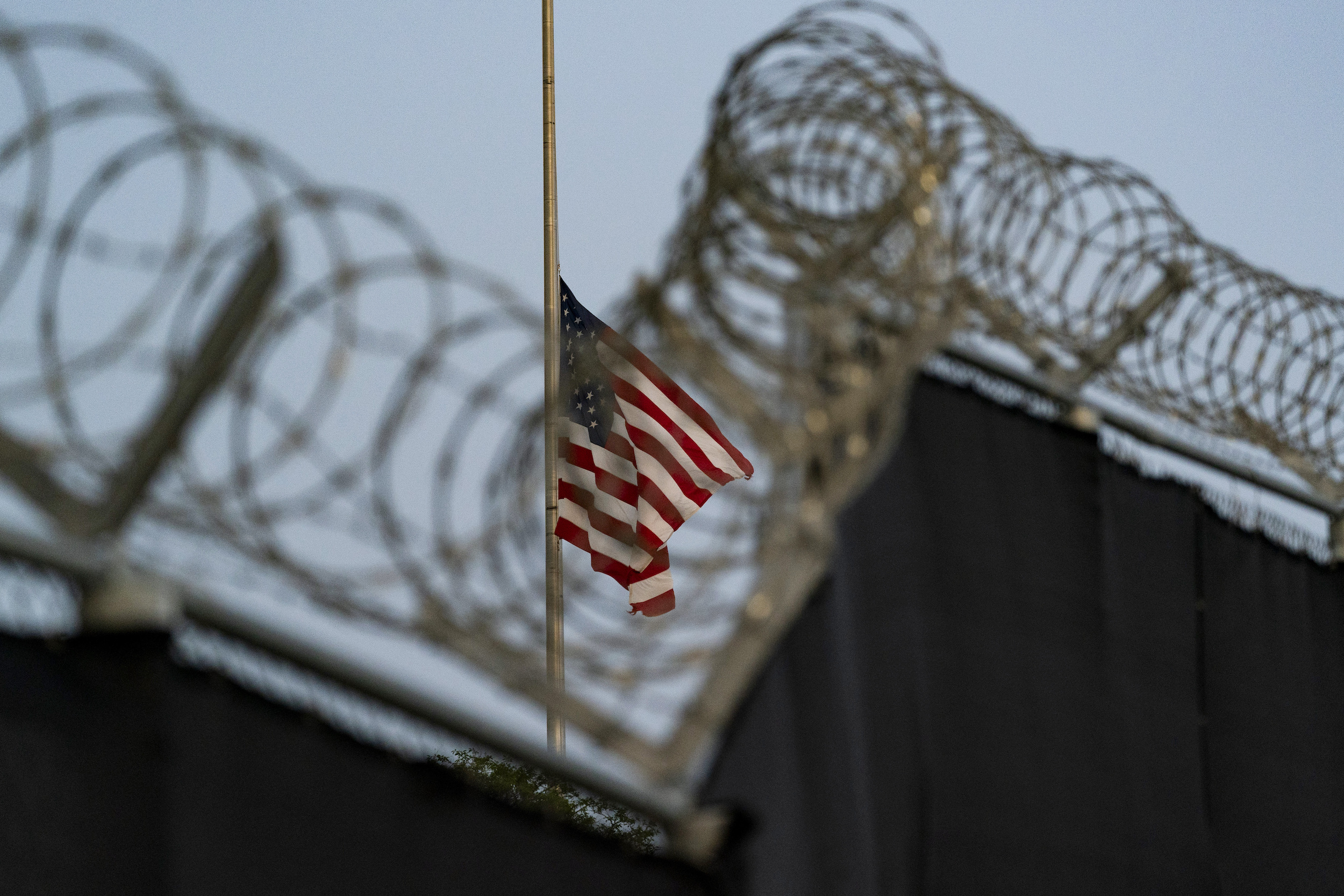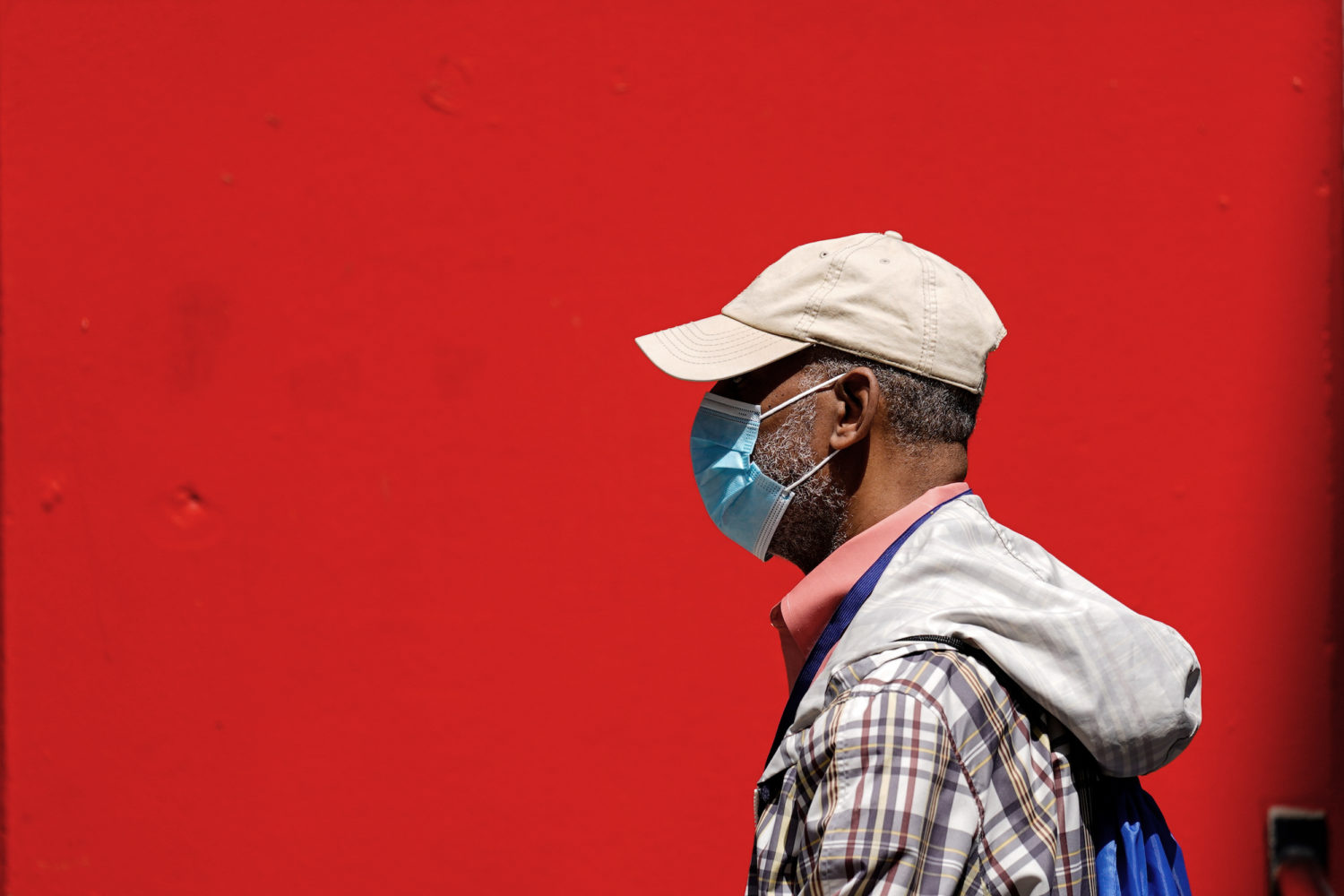 Covering COVID-19 is a daily Poynter briefing of story ideas about the coronavirus and other timely topics for journalists, written by senior faculty Al Tompkins. Sign up here to have it delivered to your inbox every weekday morning.
Covering COVID-19 is a daily Poynter briefing of story ideas about the coronavirus and other timely topics for journalists, written by senior faculty Al Tompkins. Sign up here to have it delivered to your inbox every weekday morning.
Australian health officials now estimate that after you have recovered from a COVID-19 infection, your body may produce antibodies that will only protect you from a future infection for 28 days. After that, you could get infected again.
There was a time earlier in the pandemic when an infection might give you 12 weeks of so-called natural immunity. Australian officials say this shortened window of immunity is caused by the newest BA.4 and BA.5 strains’ ability to navigate around antibodies.
The Australian news network ABC reports:
South Australia’s Health Minister Chris Picton said the state would be looking at changing its rules around reinfection in the coming days.
“For 12 weeks people have had this ‘get out of jail free card’ for COVID,” he said.
“Anecdotally, there have been people who have had reinfections who have been ringing various coronavirus hotlines saying, ‘I think I’m infected’ and people say ‘oh well you can’t be because of the 12 weeks’, well actually you can.”
40% of law enforcement agencies didn’t send data to the new FBI crime collection system
At a time when so much national attention is focused on crime, policing and gun violence, it is critically important for journalists and the public to have the clearest and most detailed crime data possible. And this year we would have had the most detailed data yet about crime in America if thousands of police departments had sent it to the new FBI system — called NIBRS — that would compile it. But they didn’t … and won’t for some time.
The Marshall Project, in partnership with Axios, produced an insightful piece that probably has significant implications for our understanding of crime in America.
Some of the biggest cities — including New York, Los Angeles, and most cities in California, New York state, Illinois, Florida and Pennsylvania — didn’t send data to the system that calculates our national crime rate. Some may have feared it would make them look bad. Others considered it too expensive.
The Marshall Project explains:
In 2021, the FBI retired its nearly century-old national crime data collection program, the Summary Reporting System used by the Uniform Crime Reporting (UCR) program. The agency switched to a new system, the National Incident-Based Reporting System (NIBRS), which gathers more specific information on each incident. Even though the FBI announced the transition years ago and the federal government spent hundreds of millions of dollars to help local police make the switch, about 7,000 of the nation’s 18,000 law enforcement agencies did not successfully send crime data to the voluntary program last year.
Since 1930, the nation has relied on the FBI’s data collection to understand how crime is changing, such as how many murders or rapes took place last year, which city had the highest murder rate, or how many people were arrested.
The data gap will make it harder to analyze crime trends and fact-check claims politicians make about crime, and we’ll likely have to live with greater uncertainty for at least a couple of years, criminologists say. Jacob Kaplan, criminologist at Princeton University, said because many big cities and populous states stopped reporting, it’s especially difficult to draw conclusions from the 2021 data.
The orange dots on Marshall’s map are cities that did not report data to the FBI’s new system. The 7,700 blue dot cities did send data, and the 4,000 green dot cities sent partial data.
As you can see from the newest release of the FBI’s crime data for the first quarter of 2022, the new reporting is far more detailed than before.
The move to the more detailed system was accelerated by the police shooting of Michael Brown in Ferguson, Missouri, followed by public demands for more transparency from police departments.
NIBRS captures much more detail about crimes, victims, offenders, and more information about the crime. For example, in the old system, the report may have described a robbery and shooting as a robbery without also detailing that somebody was shot. You can see the value of the new system in understanding crime in your community.
Journalists could be asking noncompliant police departments why they are not sending along the data. There is some speculation that NIBRS would make it appear that crime is rising in some cities. The International Association of Chiefs of Police warned departments months ago that it would be important for local police to start talking to communities about the new reporting so that higher crime rates would not come as a shock to anybody. The IACP warned:
NIBRS will become the national standard for reporting crime data on January 1, 2021, replacing the FBI’s Uniform Crime Reporting (UCR) Program’s Summary Reporting System (SRS). NIBRS and SRS use different methods for counting crime, and law enforcement agencies should understand how these differences affect their crime statistics. Crime counts may increase because under SRS reporting rules, only the most serious criminal offense is counted, regardless of the number of offenses that occur during an incident; NIBRS captures up to 10 offenses per crime incident, allowing for offenses excluded under SRS reporting rules to be recorded.
For most agencies, the impact of transitioning to NIBRS on crime statistics is expected to be low, with certain offense types affected more than others. Property offenses, public-order crimes, and drug violations are more likely to be affected by changes in crime reporting than are serious, violent crimes. Only about 1% of crime incidents recorded in NIBRS involved two or more Part 1 offense types. That is, it is very rare for a murder, rape, robbery, aggravated assault, burglary, larceny, motor vehicle theft, or arson (i.e., Part 1 offense) to co-occur in an incident.
Ask departments that did not submit data, why not? Some agencies said it costs too much to switch to the new system. Did the cities send their data to a state agency that failed to meet the FBI’s thresholds? They have had years to get ready for this. It was no surprise. How could they oppose reporting greater detail?
For cities that did report the new data, what can you learn from it about victims, times, places and how the old system undercounted or misrepresented what we thought we knew about crime in your community?
The Marshall Project points to just one example of what we could learn if everyone contributes to the new system:
Analysts working on the new data collection have pointed to the federal government’s effort to present state-level data and estimations — detailed reports that would not have been possible without the granular information recorded in the FBI’s new system. One of those reports, Sexual Assaults Recorded by Law Enforcement, includes analysis for 20 states with a good level of participation in the new system. In most states, the report found, children younger than 13 are much more likely to be assaulted by family members, an insight that can only be extracted with the new data collection.
This, many criminologists predict, may be what the FBI’s crime collection can produce in the next couple of years: detailed state-level analysis, instead of estimated national statistics on crime trends.
Why is NYC launching a ‘how to survive a nuclear attack’ ad campaign?
Is this new public service ad campaign in New York City the 2022 version of “duck and cover?” And why is the nation’s biggest city running such a campaign?
“While the likelihood of a nuclear weapon incident occurring in/near New York City is very low, it is important New Yorkers know the steps to stay safe,” the city’s Emergency Management Department said in its announcement.
Step one, the ad says, is to get inside a building. Stay inside is step two.
Step three is to remove radioactive clothing. Wait … is this for real?
The ad advises to stay in touch with local media and use an app for official info. But if there is a nuclear attack and your clothes are covered with radioactive dust, will cell phones and TV stations still be running?
If you want to join in the prepper conversations, this from Ready.gov might help. Although I offer this pro tip: If you see a bright flash, you are going to have a really bad day:
Hazards related to nuclear explosions:
- Bright FLASH can cause temporary blindness for less than a minute.
- BLAST WAVE can cause death, injury, and damage to structures several miles out from the blast.
- RADIATION can damage cells of the body. Large exposures can cause radiation sickness.
- FIRE AND HEAT can cause death, burn injuries, and damage to structures several miles out.
- ELECTROMAGNETIC PULSE (EMP) can damage electrical power equipment and electronics several miles out from the detonation and cause temporary disruptions further out.
- FALLOUT is radioactive, visible dirt and debris raining down from several miles up that can cause sickness to those who are outside.
Associated Content
- Nuclear Detonation Safety: Food, Drinking Water and Medicine (PDF)
- Nuclear Explosion Information Sheet (PDF)
- Download the FEMA app
- Centers for Disease Control
- Get inside, Stay inside, Stay Tuned Video (English)
- Get inside, Stay inside, Stay Tuned Video (Spanish)
- U.S. Environmental Protection Agency
- Coronavirus (Federal Government Response)
- Keeping Children Healthy During the COVID-19 Outbreak
Apocalypse Chow
I predict that prepper websites will be running big sales on food, water and shelters thanks to the NYC nuke tutorial. Once in a while, I run across televangelist Jim Bakker’s pitches to sell survival food buckets.
A few years back, NPR cooked up some of the “reverend’s” chow and basically found that it is barely better than running toward the nuclear blast. A Vice reporter tried to live exclusively off the “Fiesta Bucket” of Mexican-themed survival food. He called it “Hell Week.”
In fairness, I have real military MREs in my hurricane prep supplies and they are truthfully pretty good. Not Ruth’s Chris Steak House good, but hurricane survival good.
Gitmo 20 years later: still open

In this Aug. 29, 2021, file photo reviewed by U.S. military officials, a flag flies at half-staff in honor of the U.S. service members and other victims killed in the terrorist attack in Kabul, Afghanistan, as seen from Camp Justice in Guantanamo Bay Naval Base, Cuba. (AP Photo/Alex Brandon, File)
The New Republic marks the 20th year that prisoners have been held in U.S. lockup at Guantanamo Bay, Cuba, despite promises from president after president that America would close the prison.
36 people are being held there. Nine detainees died in custody at Gitmo. 30 more are known to have died after being released.
Of those, 12 have been charged with war crimes in the military commissions system — 10 are awaiting trial and two have been convicted. In addition, five detainees are held in indefinite law-of-war detention and are neither facing tribunal charges nor being recommended for release. And 19 are held in law-of-war detention but have been recommended for transfer with security arrangements to another country.
We’ll be back tomorrow with a new edition of Covering COVID-19. Are you subscribed? Sign up here to get it delivered right to your inbox.










